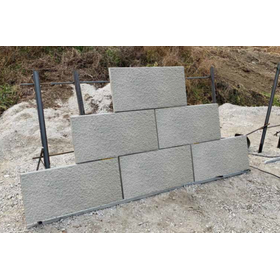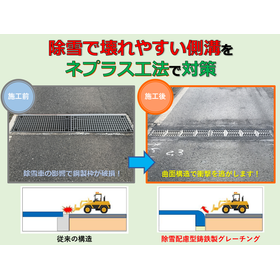Ensuring safety in underwater construction and the ability to plan offshore construction, which is easily affected by weather and sea conditions, is possible!
The "Precast Concrete Residual Formwork Method" is a technique that utilizes precast concrete formwork as part of the structure to efficiently and safely implement underwater concrete "belly work" for maintaining, improving, or enhancing the performance of existing facilities such as gravity-type berthing structures (quays and wharves) made of concrete. This method allows for phased construction underwater, offering advantages in terms of shortened construction periods and safety. Additionally, by using precast concrete residual formwork as a method for extending the lifespan of fishing port facilities, it addresses the challenges associated with traditional underwater construction, contributing to improved construction efficiency and worker safety as a standard method. 【Features】 - Requires less workspace since large-scale formwork assembly and post-construction removal work on land are unnecessary. - Reduces the width of the belly work of the structure, thereby decreasing the amount of underwater concrete required. - Enables a reduction in construction time. *For more details, please download the PDF or feel free to contact us.*
Inquire About This Product
basic information
For more details, please download the PDF or feel free to contact us.
Price range
Delivery Time
Applications/Examples of results
For more details, please download the PDF or feel free to contact us.
catalog(1)
Download All CatalogsCompany information
The Fishing Port Precast Construction Method Research Association conducts research on new construction and aging countermeasures related to marine construction for fishing port facilities. The aim is to improve construction productivity, enhance safety, and shorten construction periods by investigating the introduction of precast concrete components, starting with residual formwork methods. Additionally, the association carries out dissemination activities such as seminars and site visits based on the research findings. The goal is to contribute to cost reduction in fisheries infrastructure development and disaster recovery projects, as well as to promote safe and smooth construction.









